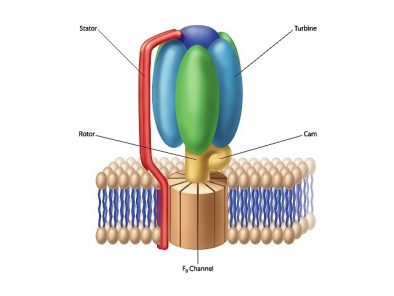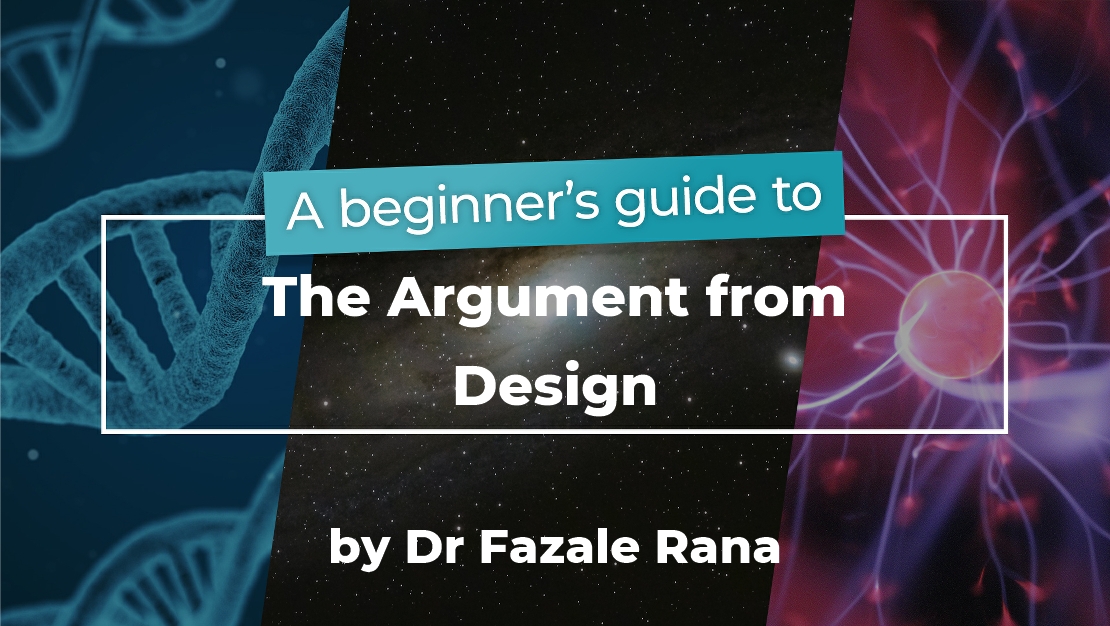Suppose I discover a Rolex watch lying on the sidewalk in front of the office building where I work. Without hesitation I would pick it up.
My lucky day!
My first inclination would be to keep the watch. But, I would like to think that after the initial excitement of finding such a valuable timepiece, I would make a reasonable effort to find the person who lost the watch.
Apart from a sense of right and wrong, my motivation to find the watch’s owner would ultimately stem from the conviction that the watch didn’t simply come into existence spontaneously from materials in the environment through the outworking of the laws of physics and chemistry. If it did, why should I feel compelled to try to find the watch’s rightful owner?
I also know that the watch probably belonged to someone who purchased it with his or her hard-earned money. More than likely, the merchant got the watch from a distributor; and the distributor from the manufacturer. Ultimately, the watch traces from buyer to manufacturer. The manufacture of the watch, of course, required the work of a watchmaker.
The Watchmaker Argument
The reasoning that would lead me to seek out the watch’s owner undergirds one of history’s best-known design arguments: the Watchmaker argument. This argument was posited by Anglican natural theologian William Paley (1743–1805) in his 1802 work Natural Theology.
For Paley, the characteristics of a watch and the complex interaction of its precision parts for the purpose of telling time were signatures for the work of an intelligent designer. Paley evokes the work of that kind of skilled craftsman in Natural Theology:
When we come to inspect the watch, we perceive—that its several parts are framed and put together for a purpose . . . The inference we think is inevitable, that the watch must have had a maker, that there must have existed, at some time and at some place or other, an artificer or artificers who formed it for the purpose which, we find it actually to answer, who comprehended its construction and designed its use.
The Skeptics’ Challenge
The Watchmaker argument hasn’t fared well over the centuries. Skeptics often point to David Hume’s critical analysis of design arguments, which appeared in his 1779 work Dialogues Concerning Natural Religion, as devastating to Paley’s case for the Creator. Hume leveled several criticisms against design arguments. The foremost, however, centered on the nature of analogical reasoning.
Based on Hume’s arguments, skeptics curtly dismiss the Watchmaker argument, maintaining that the two things compared—organisms and watches—are too dissimilar for a good analogy. Hume asserted that the strength of an analogical argument depends on the similarity of the two things compared, insisting that:
Whenever you depart, in the least, from the similarity of the cases, you diminish proportionably the evidence; and may at last bring it to a very weak analogy, which is confessedly liable to error and uncertainty.
The merit of the Watchmaker argument then rises and falls on the question: Do living systems resemble machines made by human beings enough to warrant the analogy between the two? If so, how strong is this analogy and, consequently, the conclusion that can reasonably be drawn from it?
The Argument from Design
Though the Watchmaker argument was advanced over two centuries ago, it’s still relevant today—Hume’s criticisms not withstanding—particularly when applied to biochemical systems.
In Paley’s day, no one knew anything about the complexity of even the simplest cell. But today we have peered into the cell’s inner workings and have discovered complexity, unimagined. For example, a number of protein complexes that perform vital operations for the cell bear an uncanny resemblance to machines made by human designers. This eerie similarity gives new vitality to this old argument.
In my book The Cell’s Design, I describe how some of these biomolecular machines are configured and how they work. Here, I would like to focus on one of these protein machines.
F1-F0 ATPase
This well-studied protein complex plays a key role in harvesting energy for the cell to use. F1-F0 ATPase is a molecular-scale rotary motor.

Figure: ATP Synthase. This cartoon shows the construction of the molecular motor F1-F0 ATPase, including its rotor, stator, turbine, and cam. Image credit: Reasons to Believe
The F1 portion of the complex is mushroom-shaped and extends above the membrane’s surface. The “button of the mushroom” literally corresponds to an engine turbine. The F1-F0 ATPase turbine interacts with the part of the complex that looks like a “mushroom stalk.” This stalk-like component functions as a rotor.
Located in the inner membrane of mitochondria, F1-F0 ATPase makes use of a proton gradient across the inner membrane to drive the production of ATP (adenosine triphosphate), a high-energy compound used by the cell to power many of its operations. Because protons are positively charged, the exterior region outside the inner membrane is positively charged and the interior region is negatively charged. The charge differential created by the proton gradient is analogous to a battery and the inner membrane is like a capacitor.
The flow of positively charged hydrogen ions through the F0 component, embedded in the cell membrane, drives the rotation of the rotor. A rod-shaped protein structure that also extends above the membrane surface serves as a stator. This protein rod interacts with the turbine, holding it stationary as the rotor rotates.
The electrical current that flows through the channels of the F0 complex is transformed into mechanical energy, which then drives the rotor’s movement. A cam that extends at a right angle from the rotor’s surface causes displacements of the turbine. These back-and-forth motions are used to produce ATP.
As a biochemist I’m probably not alone in recognising how the discovery of this remarkable machine energizes the Watchmaker argument. But what about Hume’s criticism?
Nanotechnology Weighs In
The science of nanotechnology provides a powerful rejoinder to Hume. One of the challenges facing nanotechnology centers around the need to generate controlled motion in nanodevices. In an attempt to solve this problem, researchers have proposed interfacing biomolecular machines to nanodevices. For example, Cornell researchers have attached nickel nanopropellers to the F1-F0 ATPase rotor isolated from the cell. Upon the addition of ATP, the F1-F0 ATPase rotor turned the nanopropellers. When the researchers added compounds that inhibit the protein machine, the rotation stopped. In other words, the F1-F0 ATPase rotor turned the nanopropeller because it is a machine.
The key point to bear in mind is that the researchers conceived and then used the F1-F0 ATPase as an actual machine. By demonstrating its function, their work drives home the recognition of the machine-like character of biomolecular motors.
In this way science affirms the Watchmaker argument by showing that, indeed, there must be a Mind who comprehended the construction of F1-F0 ATPase and designed its use.
 Dr Fazale ‘Fuz’ Rana is Vice-president of Research and Aplogetics at Reasons to Believe. Prior to joining this ministry, Dr Rana was a biochemist, working in Research and Development for a Fortune 500 company in the USA.
Dr Fazale ‘Fuz’ Rana is Vice-president of Research and Aplogetics at Reasons to Believe. Prior to joining this ministry, Dr Rana was a biochemist, working in Research and Development for a Fortune 500 company in the USA.


